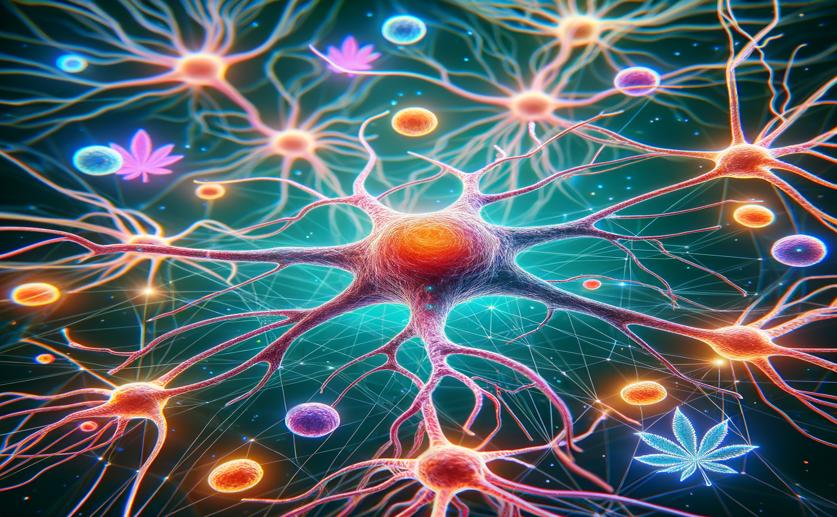
How Cannabis Extracts and Compounds Affect Human Nerve Cell Health and Activity
Jenn Hoskins
28th May, 2024

Image Source: Natural Science News, 2024
Key Findings
- Researchers at Universidad de Valparaíso studied the effects of phytocannabinoids on SHSY-5Y neuroblastoma cells
- Certain phytocannabinoids significantly reduced the viability of these neuroblastoma cells
- The study suggests that these compounds could be developed into new treatments for refractory neuroblastoma
References
Main Study
1) Effect of Cannabis sativa L. extracts, phytocannabinoids and their acetylated derivates on the SHSY-5Y neuroblastoma cells’ viability and caspases 3/7 activation
Published 27th May, 2024
https://doi.org/10.1186/s40659-024-00506-0
Related Studies
2) Cannabis sativa L. and Nonpsychoactive Cannabinoids: Their Chemistry and Role against Oxidative Stress, Inflammation, and Cancer.
3) Cannabidiol as a novel inhibitor of Id-1 gene expression in aggressive breast cancer cells.
Journal: Molecular cancer therapeutics, Issue: Vol 6, Issue 11, Nov 2007
4) Cannabinol: History, Syntheses, and Biological Profile of the Greatest "Minor" Cannabinoid.



 23rd May, 2024 | Jenn Hoskins
23rd May, 2024 | Jenn Hoskins